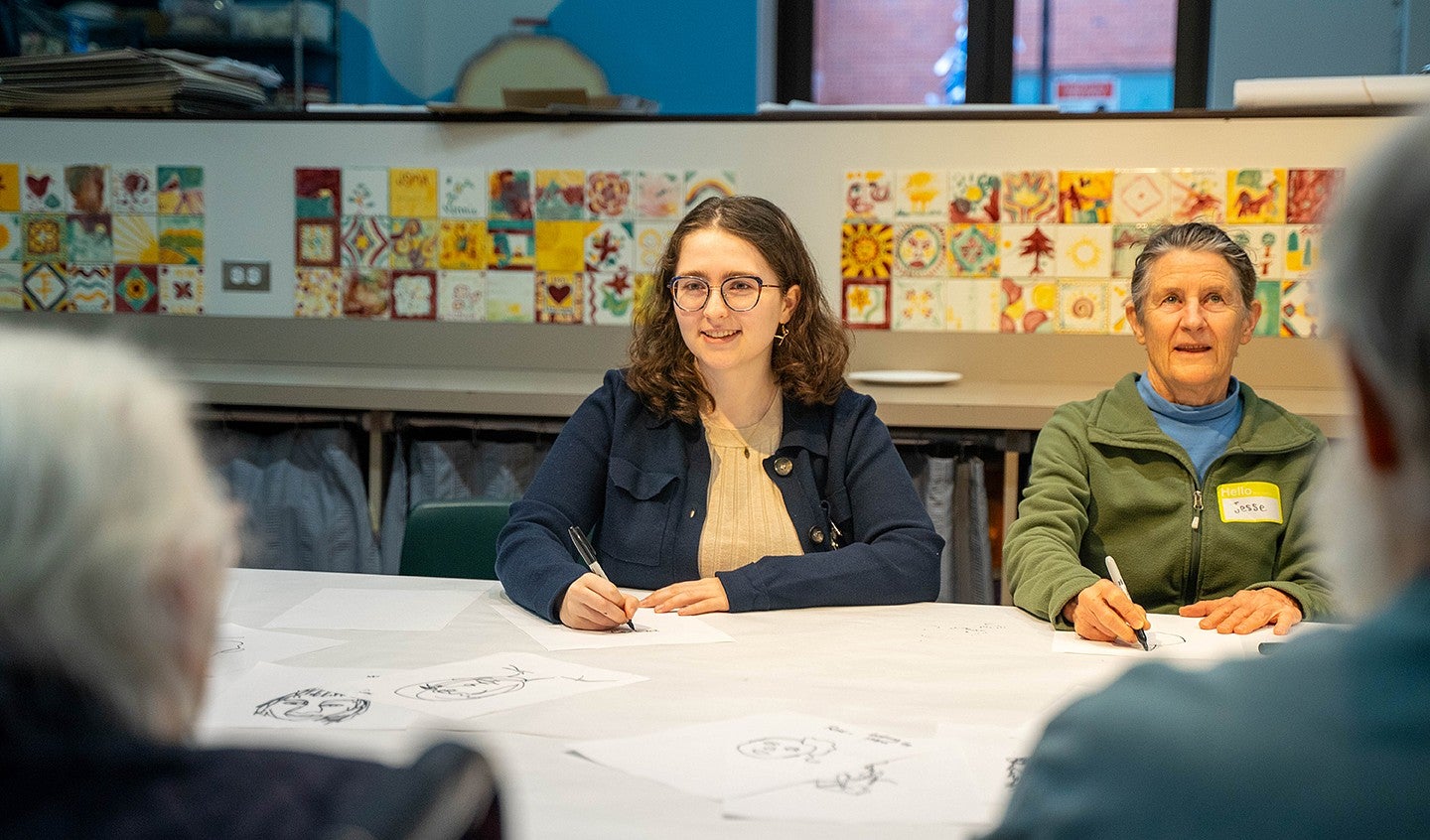
Informalizing education
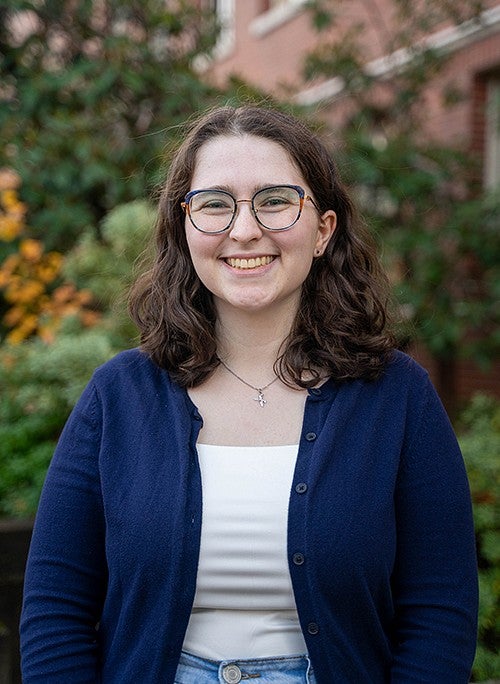
Major: Environmental Studies
Minors: Creative writing and earth science
Hometown: Gladstone, Oregon
Coffee or tea: Tea, specifically a matcha latte with oat milk.
Favorite CHC class: “Continuing the Search for the Cayuse 5”
Song on repeat: “Ripple” by the Grateful Dead
Tucked away in a small art room in the back of the UO’s Jordan Schnitzer Museum of Art, Olivia Black gathers a group of elderly people around a table as the scent of paint and Sharpies hangs in the air. They pair up and start an activity called blind contour drawing.
Without looking down at your paper, they are told, try to draw the silhouette of your partner’s face. It’s part of a program called Reflections and Connections, and it’s designed to assist people living with the early stages of memory loss and their partners.
Black, a Clark Honors College senior who is majoring in environmental studies, helps facilitate the program each week. She offers encouragement, coaching and—most important to her—camaraderie as her participants get to learn something outside the traditional classroom setting.
“Just draw what you see,” Black says in a gentle voice as she demonstrates the technique to an elderly woman in a wheelchair. “It’s you. I tried to get your earrings and eyes, but I messed up with the eyebrows.”
The woman looks at Black and her drawing before letting out a grateful sigh. “It’s me,” she says, smiling.
Last summer, Black joined the Reflections and Connections program because of her interest in education and art. She has marveled at the ability of participants to connect with the paintings, especially when connection is difficult for people with memory loss. “It just makes me happy knowing my work is helping them be happier,” she says.
For Black, learning outside the classroom is a big component of education at all levels that she has grown up with. Informal learning environments enable those who are living on the edges to gain access to education, she says. “There are so many places that formal education cannot reach that informal can,” Black says. “Especially for people who are marginalized, disabled, or seniors. They deserve to have spaces where they can learn.”
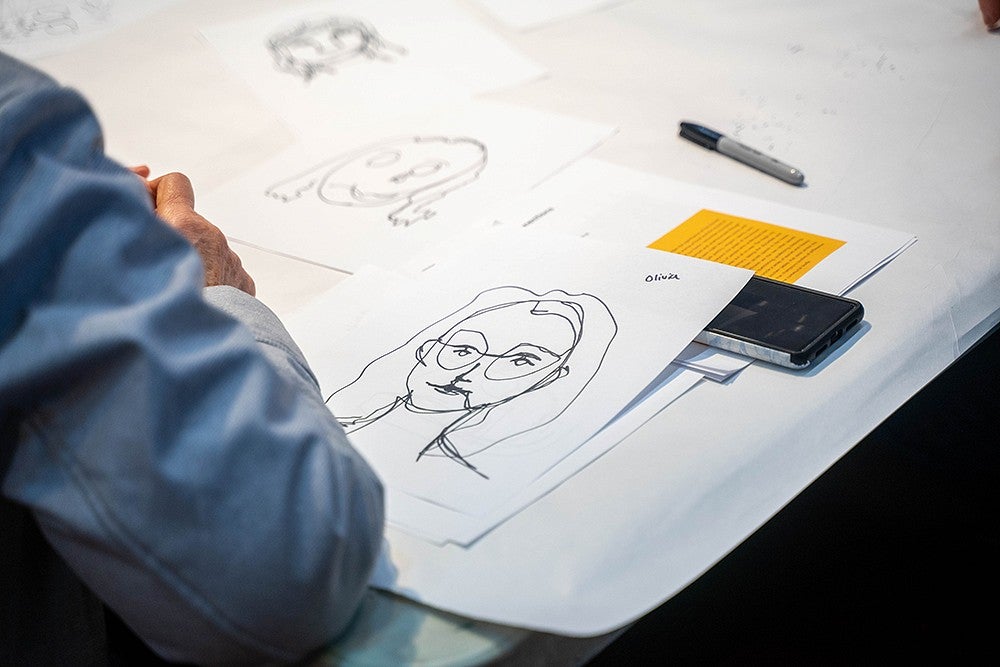
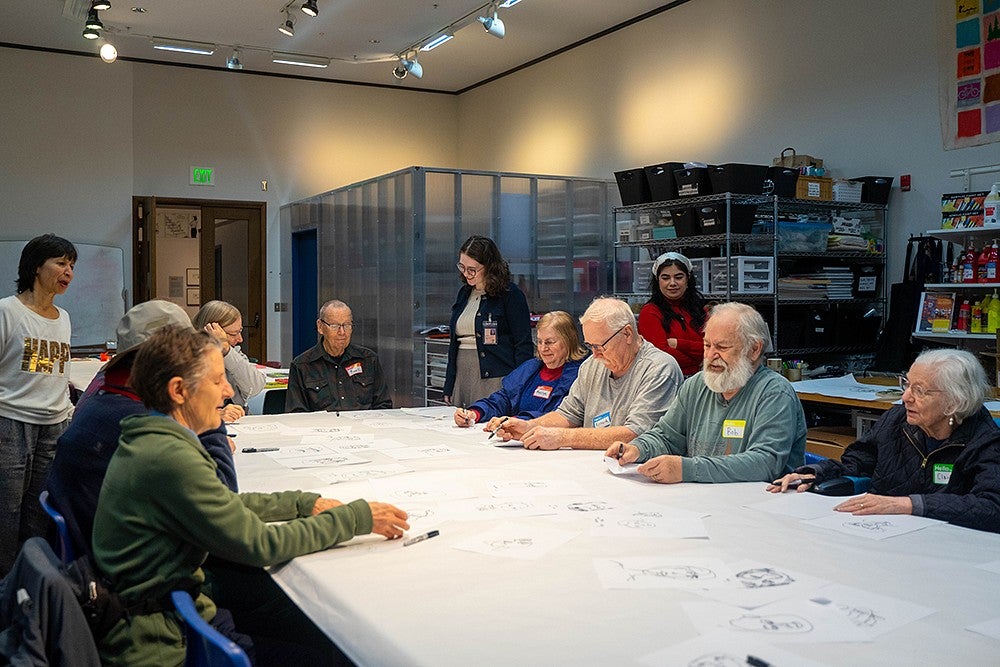
Building confidence
As a kid growing up in Gladstone, Oregon, Black is the third of four kids who were taught that family is always the backbone of success. Her parents met while working at a senior living facility. She describes them as two people who taught her to champion the causes that help the most vulnerable members of society.
As a family, they spent holidays delivering Meals on Wheels to seniors and taking the children to trick-or-treat on Halloween at assisted living homes.
Black remembers holding out her candy basket to an elderly man one Halloween. The man dropped a candy bar in the basket and asked for a hug in return. She obliged, and when she went to let go, she noticed the man was still holding on tight.
“It wasn't an uncomfortable thing,” she remembers. “My mom explained to me that maybe this was the first hug he’s gotten in a while. That made me feel empathetic and cognizant of people's experiences.”
Throughout her childhood, Black liked hanging around with adults. She talks openly about her love for her grandmother to whom she is particularly close. They spent time reading “The Giving Tree” and having tea parties, Black recalls.
Her grandmother would take Black and her cousins camping along the Oregon Coast where they’d collect sand dollars. And Black’s artwork graces the walls of her grandmother’s home, along with a number of the things they found while looking for antiques. “I get my maximalism from my grandmother,” she says.
In school, Black remembers hating math and science because the classroom didn’t seem inviting to her. When she reached middle school, she decided to join the robotics club. That’s when the proverbial light went on for her regarding the subjects.
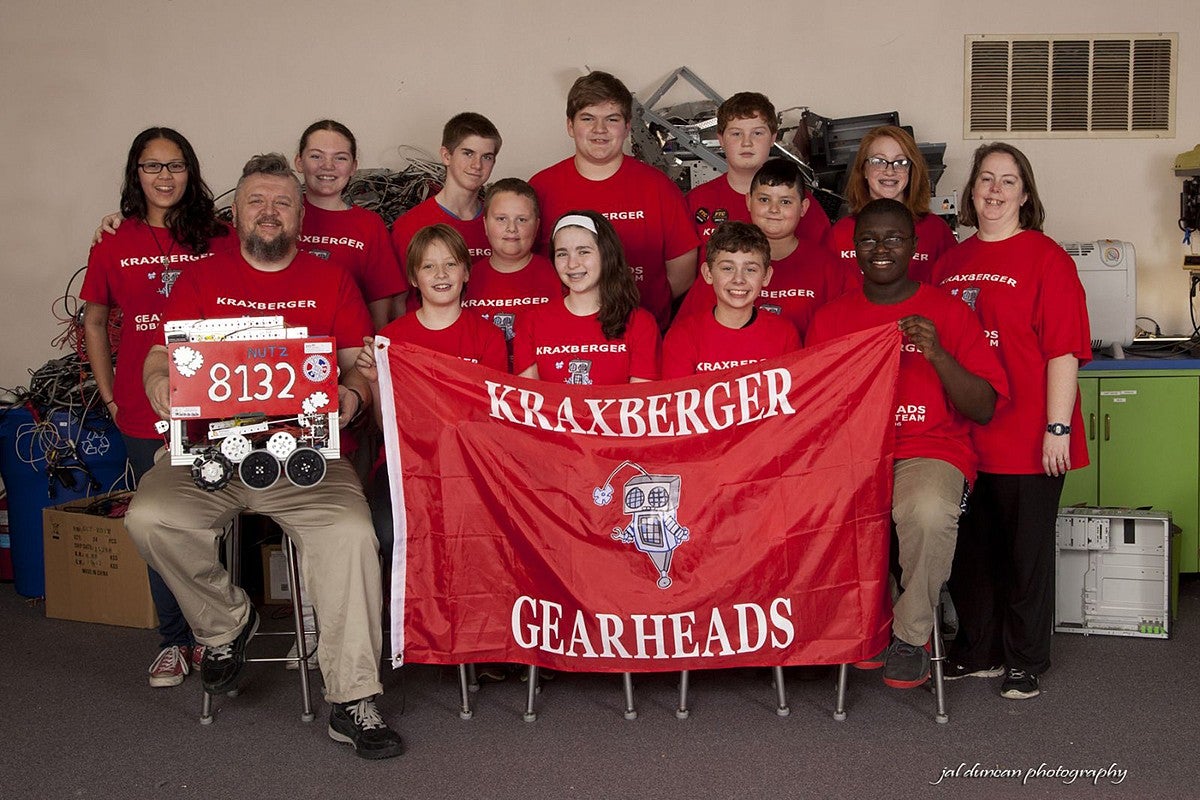
Her coach, Shawn Price, remembers how Black responded when she joined the club. “The first year she would only stare at me,” he recalls. “By the second year, I couldn't get her to be quiet, and by the third, she was running the place.”
The club was a breakthrough for her. “Robotics was my first experience outside the classroom where I had found something with STEM that I enjoyed,” she says now. “It also taught me to wordsmith all my writing and communication, so other people could understand our process.”
One time, while canvassing with her club to raise money, a woman they approached complained that robots were stealing her job. Why should she donate to the club if that was the case? After a brief back-and-forth, the woman zeroed in on Black: “Why are you just letting the boys talk? Why should I give you money?”
Black said she told the woman how robotics had made a positive influence on her as a girl and she left with a $200 check. “It was definitely a moment for myself where I realized I do have something to say and my experience could help others,” Black recalls.
Learning in practice
Black flourished as a communicator in high school. She participated in theater and public speaking, and took a creative writing class that got her interested in environmental poetry.
A high school Spanish class at UO sticks out as helping shape her educational philosophy of promoting hands-on, experiential learning. Instead of the typical lecture, Black’s professor used a self-paced approach where students had two or three weeks to complete assignments in listening, reading and writing.
“That was mind-blowing to me because I could focus on where I was struggling and what I enjoyed,” says Black. “That really put the education system into perspective for me. The traditional classroom is not always the best fit for students, and informal learning really gives the opportunity for motivated interest where kids can really explore what they like learning.”
“There are so many places that formal education cannot reach that informal can,” Black says. “Especially for people who are marginalized, disabled, or seniors. They deserve to have spaces where they can learn.”
As junior year approached, Black was missing a science credit so she signed up for environmental science.
She always held an appreciation for natural beauty, but by now she saw that conducting other kinds of work could help make a difference outside of class. Students gathered to toss used Christmas trees into certain waterways to improve fish habitat. They removed invasive plants from the base of trees.
“The teacher jokingly said once: ‘Our generation created climate change, but we’re gonna all die before we experience it,’” Black recalls. “And that’s where it really blew up (for me) –the connection between science, education, communication, and policy.”
Renaissance woman
Black credits the CHC for pushing her toward excellence, commitment and making the world a better place. When she looked at colleges, she wanted a place that would help her make a difference. “Getting into the Honors College is what pushed me to UO,” she says. “And that my dad is a huge Ducks fan.”
Today, she majors in environmental studies and minors in creative writing. She is also a Wayne Morse Scholar, participating in the program that provides leadership training, skills building and service learning. She continues to seek out academic experiences at the CHC that also involve work outside of the traditional classroom.
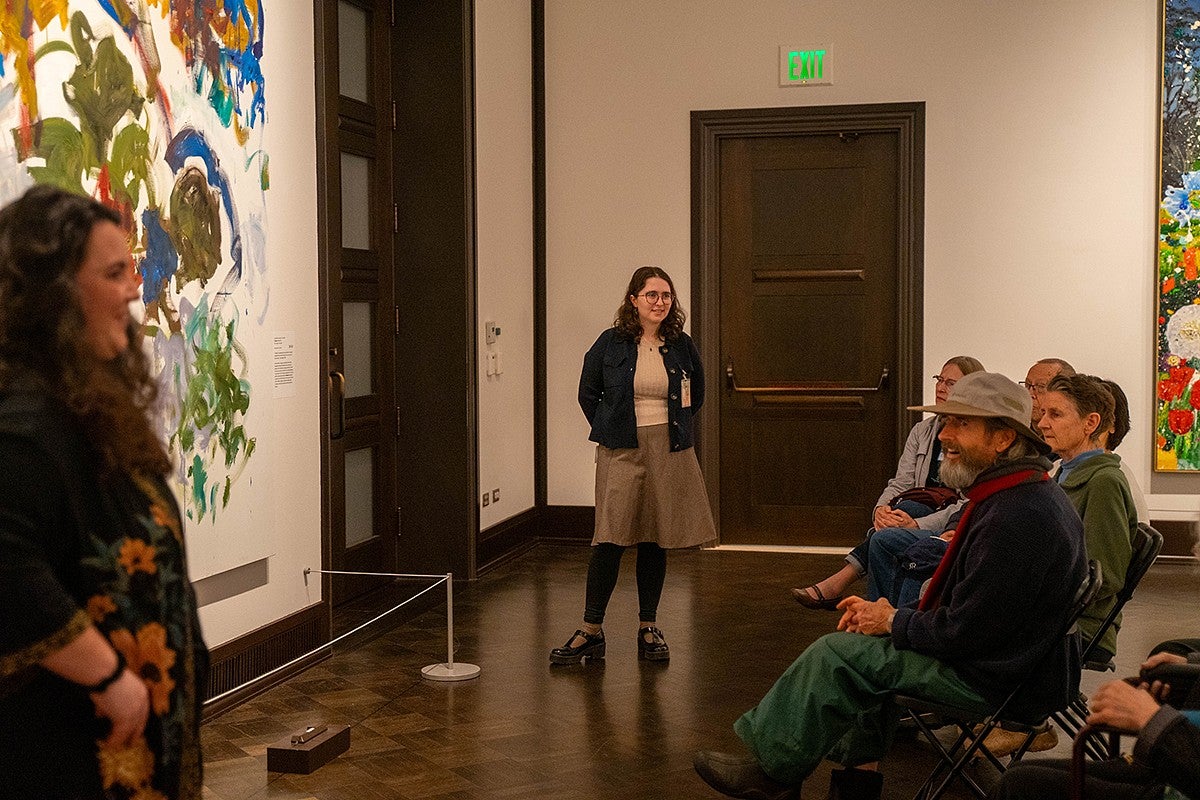
Her favorite CHC course thus far has been Professor Michael Moffitt’s iterations of finding the Cayuse Five, which he designed as a core faculty member of the Honors College. The course tracks the saga of five Cayuse men who were hanged for the deaths of a Northwest missionary and his family in 1850, despite some of them pleading their innocence.
The class partnered with the Confederate tribes of Umatilla Cultural Center and culminated in a presentation to the tribal elders, with Black taking a leading role in both the environmental arena and for how the class turned out. “Not only did she have an understanding of the local environment and pH levels, but of how to manage people, be culturally sensitive and make this a positive emotional experience,” Moffitt says.
“The biggest thing I had to take away from that was reconciliation,” she recalls. “I felt like I had a part in the history, being so close to where it had happened.”
On the environmental front, Black had a stint working for the Columbia University publication “Glacier Hub,” which focuses on the environment, glaciers, and indigenous communities.
One article that appeared in the publication detailed the work of a climate resilience organization in Oakland, California. The organization used a model of role playing games to teach kids about climate change, police brutality, and gentrification. “It was a way for kids to grasp ideas without it being too serious or scary but still understand that this is something that's happening locally,” Black says.
Facing challenges and becoming an educator
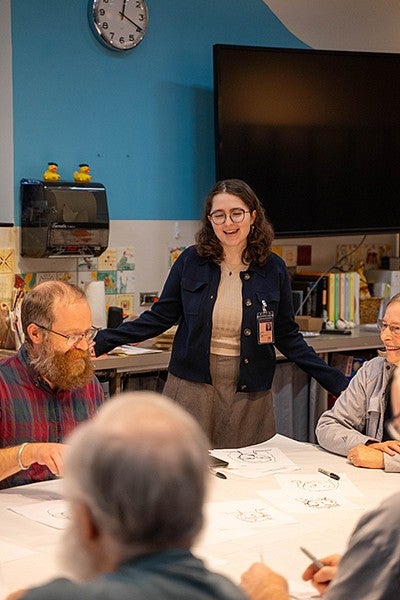
Other courses that she has taken – a climate justice class taught by former CHC Professor Mark Carey and the Inside Out Program that takes students into Oregon prisons – are examples of the hands-on experiences Black touts.
She’s also co-authored an environmental children's book as part of the CHC Calderwood Seminars, and has original artwork and poetry published in the Oregon Undergraduate Research Journal.
“Looking back, I can see how every class (at the CHC) and experience influenced where I am now,” she says.
One of the greatest challenges Black faces day-to-day is a severe milk allergy that has hospitalized her multiple times. It got so bad at one point that she had to worry about unknowingly eating things with dairy that might cause her to go into anaphylactic shock.
She underwent immunotherapy testing and once had to administer her own EpiPen injection after a trip to Disneyland. The ordeal taught her lessons about serving as her own advocate, something she does in her classes.
“My allergy is just one way my identity and background go into my work in terms of my passion for education and for learning,” says Black.
Her senior thesis focuses on the representation of the environment in children’s books. She geared the project toward what she calls “reading supporters” — parents, caretakers and educators — to diversify perspectives on the environment. Not only is Black’s thesis a culmination of her education, but it marks the transition from student to educator.
Katie Lynch, co-director of the UO’s Environmental Leadership Program in environmental studies, is serving as Black’s thesis advisor. She sees her student as a future academic leader. “When Olivia came in with her curiosity and wonder, it was so fun to support,” Lynch says. “I can already see that student-teacher dynamic shifting.”
Black says her next goal after getting into graduate school is to fully learn and understand “the pedagogy behind teaching.” She says she has plenty of information and experience, but when she teaches, she wants to “help turn (students’) ideas and passions into structured and sustainable goals that make a difference.”
“Education already happens everywhere, not just a classroom,” she says. “It happens in museums, in national parks. It happens at daycares. It happens in libraries. It happens in community centers and senior centers. Encouraging and keeping these institutions are the future of education.”
